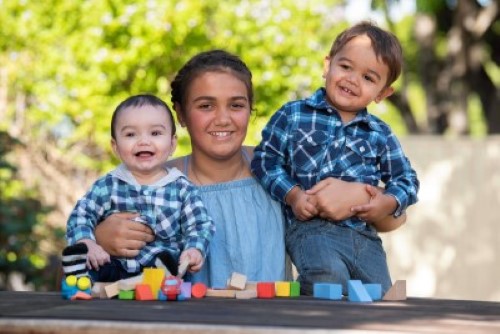Search
Research
Koorlungkas yarning: Exploring the impact of OM on early language and communication skills in urban Aboriginal familiesDeborah Peter Lehmann Richmond AO, MBBS, MSc MBBS MRCP(UK) FRACP Honorary Emeritus Fellow Head, Vaccine Trials Group Honorary Emeritus Fellow Head,

News & Events
Ear health partnership brings brighter future for Aboriginal kidsA new partnership between The Kids Research Institute Australia, Dr George Sim and St John of God Murdoch Hospital will offer essential surgery at no cost for a group of Aboriginal children suffering severe ear infections.
Research
Hospitalisation for bronchiolitis in infants is more common after elective caesarean deliveryThe authors previously reported an increased risk of hospitalisation for acute lower respiratory infection up to age 2 years in children delivered by...
Research
A retrospective population-based cohort study identifying target areas for prevention of acute lower respiratory infections in childrenAcute lower respiratory infections (ALRI) are a major cause of hospitalisation in young children
Research
The epidemiological transition in Papua New Guinea: new evidence from verbal autopsy studiesOur results indicate immediate priorities for health service planning and for strengthening of vital registration systems
Research
Reflections and perceptions of chronic tinnitus during childhoodReflections and perceptions of chronic tinnitus during childhood
Research
Determining the pneumococcal conjugate vaccine coverage required for indirect protection against vaccine-type pneumococcal carriage in low and middle-income countriesWe will investigate the relationship between PCV coverage and VT carriage among undervaccinated children in Asia and the Pacific
Research
The PneuCarriage Project: A Multi-Centre Comparative Study to Identify the Best Serotyping Methods for Examining Pneumococcal CarriageThe PneuCarriage project, a large, international multi-centre study for the identification of the best pneumococcal serotyping methods for carriage studies
Research
Reduction in disparity for pneumonia hospitalisations between Australian indigenous and non-Indigenous childrenIn the 1990s pneumonia hospitalisation rates in Western Australia (WA) were 13 times higher in Indigenous children than in non-Indigenous children...
Research
Morbidity due to acute lower respiratory infection in children with birth defects: A total population-based linked data studyChildren with birth defects experience higher rates of hospitalisation for ALRIs before age 2 years than children with no birth defects.
